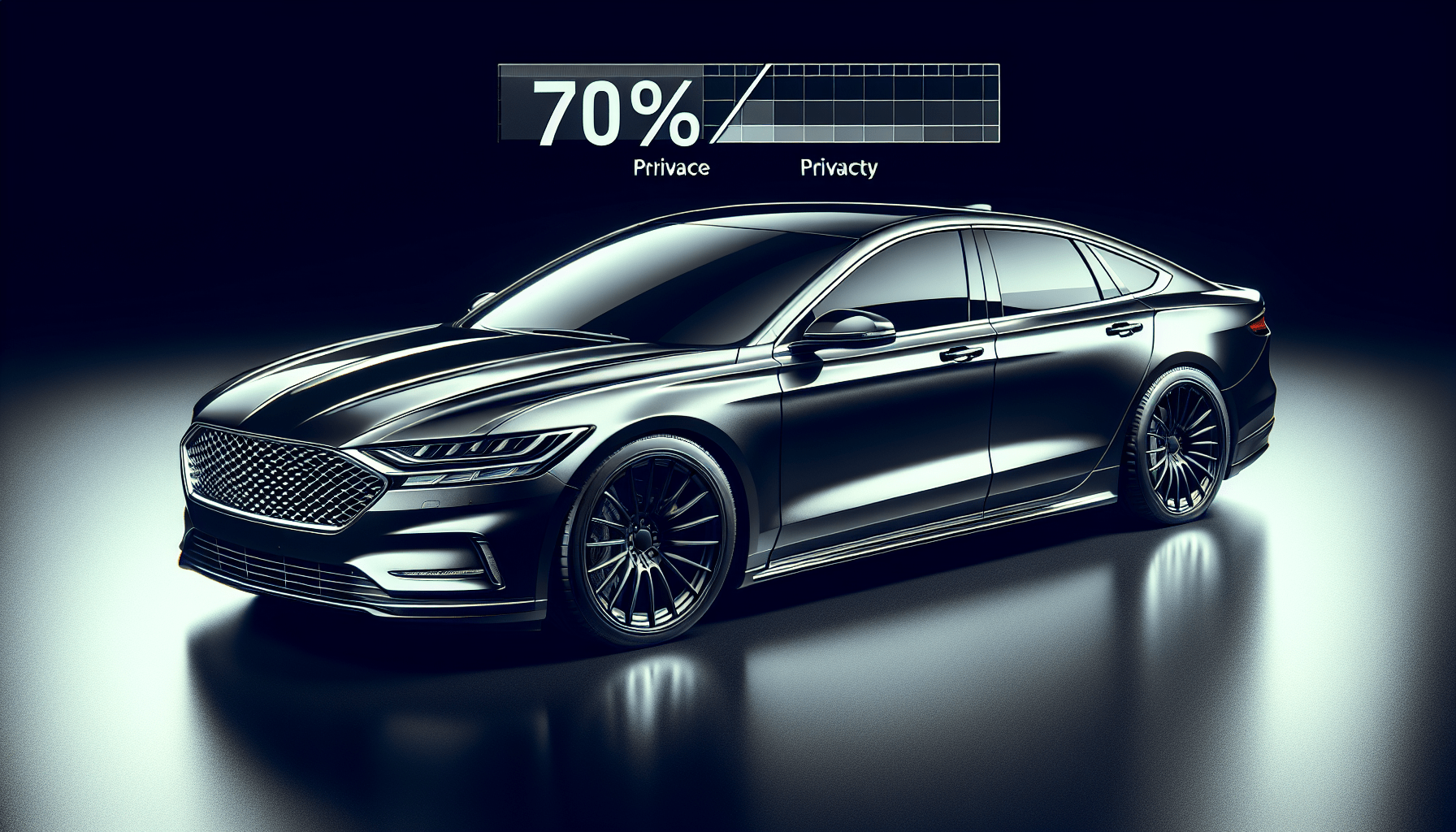Understanding Tint Percentage and Light Transmission
When it comes to window tinting, one of the most common questions that arise is about the percentage of tint that allows light to pass through. This is often referred to as light transmission, and it plays a crucial role in determining the darkness of the tint and its effectiveness in providing privacy, UV protection, and heat rejection. In this article, we will explore what percentage of tint allows 70% of light to pass through and how it impacts your vehicle’s aesthetics and functionality.
What Does Tint Percentage Mean?
Tint percentage refers to the amount of light that is allowed to pass through the tinted windows. It is often expressed as a percentage, with lower numbers indicating darker tints that block more light, while higher numbers signify lighter tints that allow more light to enter the vehicle. Understanding tint percentage is essential when choosing the right tint for your vehicle, as it directly affects visibility, privacy, and the overall appearance of the car.
How Is Light Transmission Measured?
Light transmission is typically measured using a device called a spectrophotometer, which calculates the percentage of light passing through the tinted windows. This measurement helps determine the darkness of the tint and its ability to block harmful UV rays and regulate the interior temperature of the vehicle. Different states have specific regulations regarding the allowable tint percentages on vehicles, so it’s essential to be aware of these guidelines when getting your windows tinted.
The Impact of Various Tint Percentages
Different tint percentages offer varying levels of light transmission, which affects the overall look and functionality of the tint. Below, we break down the impact of common tint percentages on your vehicle:
5% Tint
A 5% tint, also known as limo tint, is the darkest available and blocks out 95% of incoming light. While this provides maximum privacy and UV protection, it significantly reduces visibility, especially at night. Limo tint is often used on rear windows and can give your vehicle a sleek, stylish appearance.
20% Tint
A 20% tint allows 20% of light to pass through the windows, providing moderate privacy and heat rejection. This tint percentage strikes a balance between aesthetics and functionality, offering a slightly darker look while maintaining decent visibility both during the day and at night.
35% Tint
A 35% tint allows 35% of light to enter the vehicle, offering a lighter appearance while still providing UV protection and some privacy. This percentage is a popular choice for front side windows, as it strikes a good balance between aesthetics and functionality, enhancing the overall look of the vehicle without compromising visibility.
50% Tint
A 50% tint allows 50% of light to pass through the windows, resulting in a light tint that offers minimal privacy and heat rejection. This percentage is often used on the front windshield and is a common choice for those looking to reduce glare and protect the interior of the vehicle without significantly altering its appearance.
70% Tint
A 70% tint allows 70% of light to enter the vehicle, providing maximum visibility and minimal privacy. This percentage is the lightest available and offers excellent heat rejection and UV protection while maintaining a clear view both during the day and at night. 70% tint is a popular choice for those looking to enhance the aesthetics of their vehicle without sacrificing visibility.
Choosing the Right Tint Percentage for Your Vehicle
When selecting the appropriate tint percentage for your vehicle, it’s essential to consider your needs, preferences, and local regulations. Here are some factors to keep in mind when choosing the right tint percentage:
-
Legal Requirements: Check the tint laws in your state to ensure that the percentage you choose is compliant with local regulations. Failure to comply with these laws could result in fines or the need to remove the tint.
-
Visibility: Consider how the tint percentage will impact your visibility both during the day and at night. Darker tints may reduce visibility, especially in low-light conditions, so choose a percentage that strikes a balance between aesthetics and functionality.
-
UV Protection: Evaluate the UV protection offered by different tint percentages, as this can help protect your skin and the interior of your vehicle from sun damage. Higher tint percentages provide better UV protection, which is crucial for maintaining the condition of your car.
-
Privacy: Decide how much privacy you require in your vehicle and choose a tint percentage that aligns with your preferences. Darker tints offer more privacy but can also attract unwanted attention from law enforcement in some areas.
-
Aesthetics: Consider the overall look you want to achieve with your vehicle and select a tint percentage that enhances its appearance while providing the desired level of functionality. Lighter tints offer a sleek, modern look, while darker tints provide a more classic, sophisticated aesthetic.
Wrapping Up
In conclusion, the percentage of tint that allows 70% of light to pass through offers excellent visibility, UV protection, and heat rejection while enhancing the aesthetics of your vehicle. When choosing the right tint percentage for your car, consider factors such as local regulations, visibility, UV protection, privacy, and aesthetics to ensure that you make an informed decision. Xclusive Wraps and Tint is your go-to destination for high-quality window tinting services that cater to your unique needs and preferences. Contact us today to experience the ultimate in luxury vehicle care and protection.



